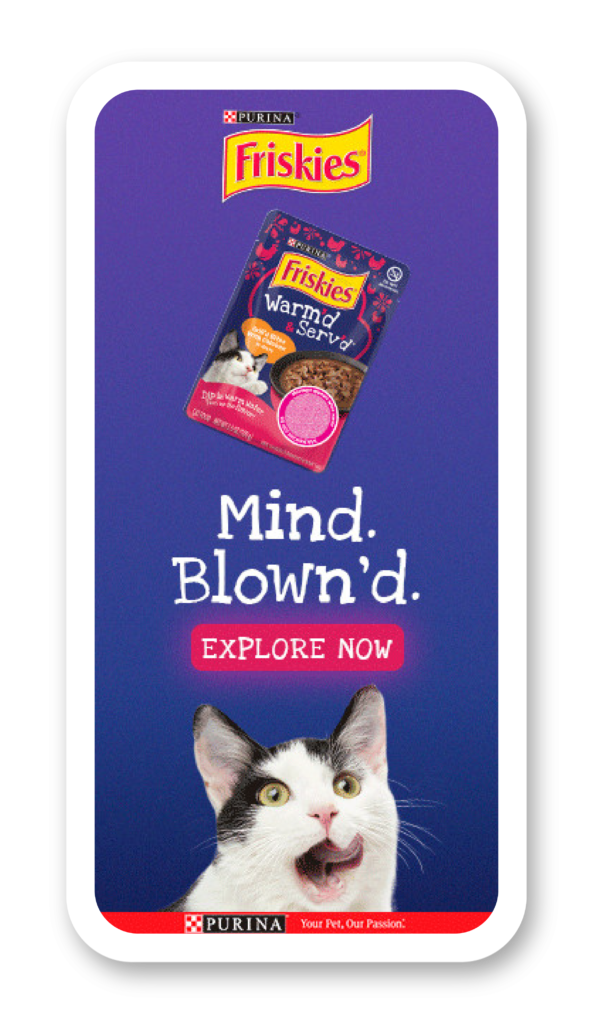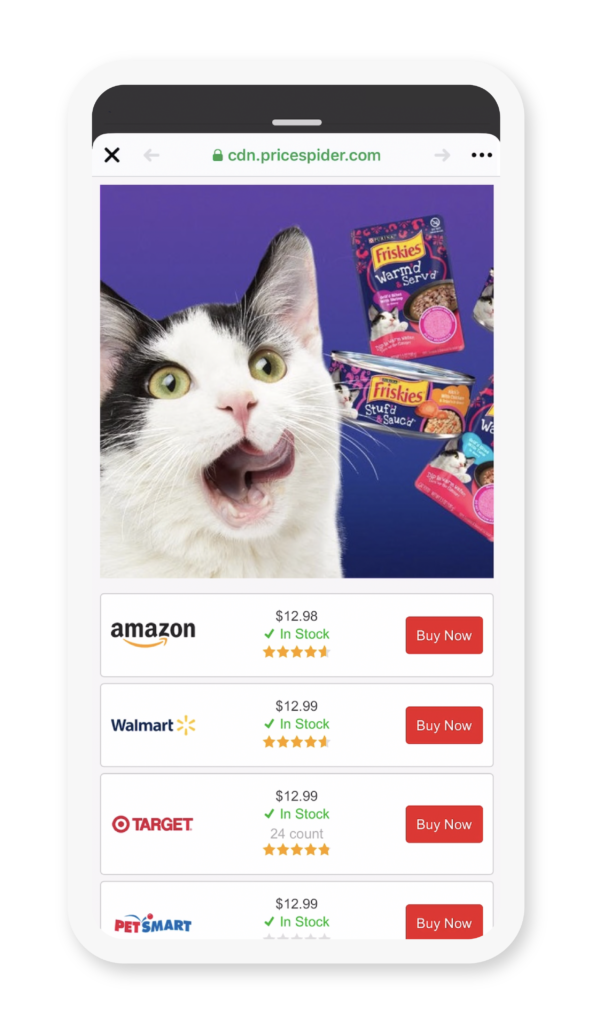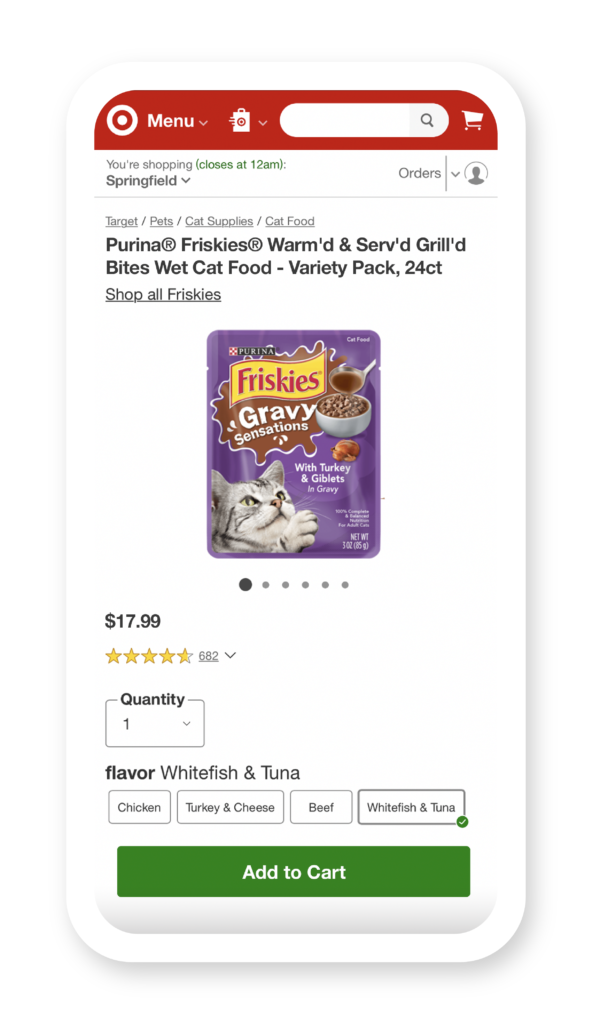tuh-mey-toh, tuh-mah-toh. I mean really, who even pronounces it tuh-mah-toh? The British? Not to dredge up any lingering hard feelings left over from the Revolutionary War, but we’re not made to be spared pronunciations like tuh-mey-toh, a-loo-mee-nee-num, and ad-ver-tis-munt. And at the end of the day, your preferred inflection and accented syllables are a matter of personal taste. The meaning of the words doesn’t change.
Social commerce and shoppable media, on the other hand, are terms you’re bound to encounter in ecommerce marketing that you’ll often see used in similar contexts — perhaps even synonymously. But unlike a rogue British tongue taken to your favorite burger fixin’, these are completely different terms that describe different types of content.
Before we josh the Queen’s English any further and incite an international conflict, let us explain. There’s a lot of overlap between social commerce and shoppable media, but if you want to incorporate these types of content into your marketing strategy, it’s important to understand the nuance. Social commerce is not shoppable media. Just as stalactites aren’t stalagmites. (You knew that, right?)
In this article, we’ll walk you through the similarities and differences between these two terms. By understanding what sets them apart, you’ll be better equipped to describe what you’re trying to accomplish and what you need to execute your marketing strategy.
Social commerce doesn’t always link to or promote products
When brands refer to social commerce, they’re often talking about “selling products on social media.” But that’s really just a subcategory of social commerce. Social commerce includes a diverse range of product-related content that doesn’t always provide a pathway to purchase.
Some definitions of social commerce are more restrictive and only include social commerce sales, but the very first use of “social commerce” in 2005 referred to content that didn’t necessarily create direct pathways to product purchases, and which didn’t necessarily encourage people to buy the products highlighted in the content. Even content that cast a product in a negative light still fell under the umbrella of social commerce.
If a thought leader in your industry mentions your product or compares all the brands in your category, that’s social commerce. When you create a YouTube series exploring various ways to use your products, that’s social commerce, too. Even sharing quotes from customers on social media is an example of social commerce.
Social commerce is social media content about products.
Shoppable media, however, exclusively refers to content that provides a pathway to purchasing your products. It’s content that helps facilitate the shopping experience. The more shopping-related information your content provides (like price, stock availability, and buying options), the more “shoppable” it is.

Display Ad 
Where to Buy Landing Page 
Retailer Product Detail Page
Think of shoppable media as a shortcut to the shopping experience. It’s like reading a restaurant menu online before choosing where to eat or checking out a few movie trailers before deciding which one to watch.
Social commerce includes user-generated content
The earliest examples of online “social commerce” were purely user-generated content. Yahoo’s Shoposphere and Pick Lists enabled people to create their own lists of products and review them. Brands weren’t the source of this product-related content. Consumers were. And the intent wasn’t just to encourage buying, it was to help other people discover new products, learn about them, and explore products in different ways.
In theory, a consumer could create “shoppable” media by posting a bunch of product information with links to various places to buy a given product. But that’s not how people generally talk about products online, and the media becomes a lot more shoppable when the information consumers need is actually integrated with the content. And that can only come with specialized tools or deep integrations between a platform and a product catalog, which regular users don’t have access to.
Shoppable media almost exclusively refers to brand-created content, whereas social commerce can include product reviews, comments on content about products, mentions of a product, and other types of content that originates with a consumer.
Shoppable media isn’t limited to social media
Social commerce can only live in places where consumers interact and create content. Facebook. Instagram. Twitter. TikTok. YouTube. Forums. Product page reviews. Et cetera. Shoppable media can live anywhere. On your blog, a landing page, in an email, on a social platform, or anywhere else. A print ad with a QR code or a URL could even be considered shoppable media!
The term shoppable media doesn’t refer to where content lives, but rather, what it enables your audience to do.
Get the guide to social commerce
Social commerce takes many shapes. If you sell products online, it’s crucial to understand the various types of social commerce, how they support your brand, and how to implement them. There are some types of social commerce you have direct control over. Other times, you have to influence your audience to produce and build a network of advocates that you can rally.
In our free guide, The Guide To Social Commerce: How To Maximize & Track Sales On Social, we’ll help you master this concept so you can use it to your advantage.

